
Other road users can’t know your intentions unless you show them. Indicating and signalling is needed in order to give sufficient warning to other road users about the intended action.
You should always:
- give clear signals in plenty of time, having checked it is not misleading to signal at that time
- use them to advise other road users before changing course or direction, stopping or moving off
- cancel them after use
- make sure your signals will not confuse others. If, for instance, you want to stop after a side road, do not signal until you are passing the road. If you signal earlier it may give the impression that you intend to turn into the road. Your brake lights will warn traffic behind you that you are slowing down
- use an arm signal to emphasise or reinforce your signal if necessary. Remember that signalling does not give you priority.
For how long should you signal?
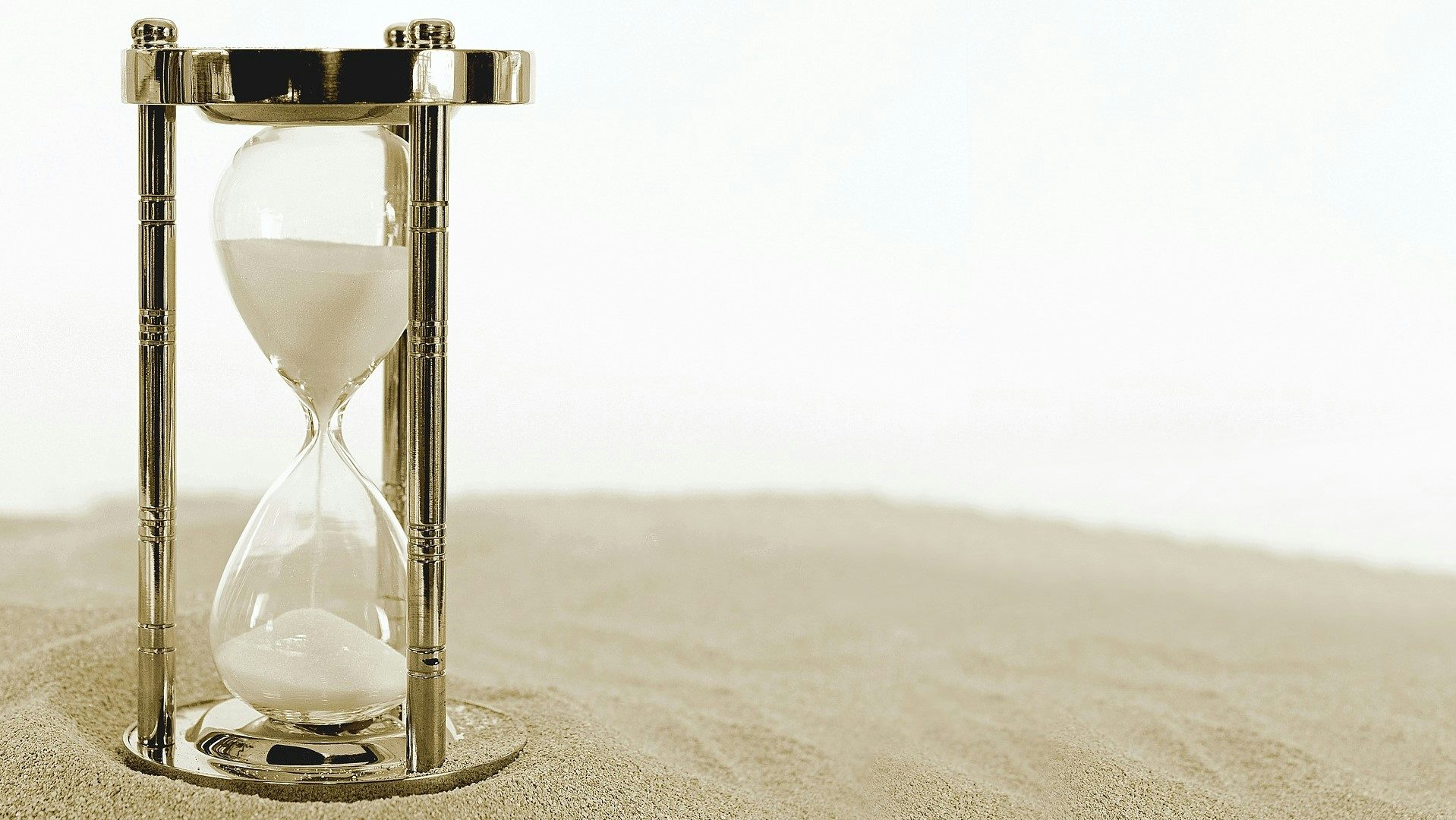
You must always signal for long enough to give sufficient warning to other road users. How long depends on each situation. Once a turning manoeuvre is completed, turn off your indicator.
While signalling early is preferred in most cases, it can be dangerous if there is more than one opportunity to turn. For example, signalling before a junction to indicate a turn just after the junction can make another driver falsely assume that you will make a turn in the junction - they can pull out in front of you and cause a crash.
Use your indicators even when you think you are alone. It’s the vehicles you are not aware of that can present the greatest danger.
Don't believe blindly in indicators
It can be dangerous to just look at the indicators - the other driver might have forgotten to turn the indicator off or is indicating too early. Before you proceed, wait and see whether the signalling vehicle actually starts to turn.
Blind spots
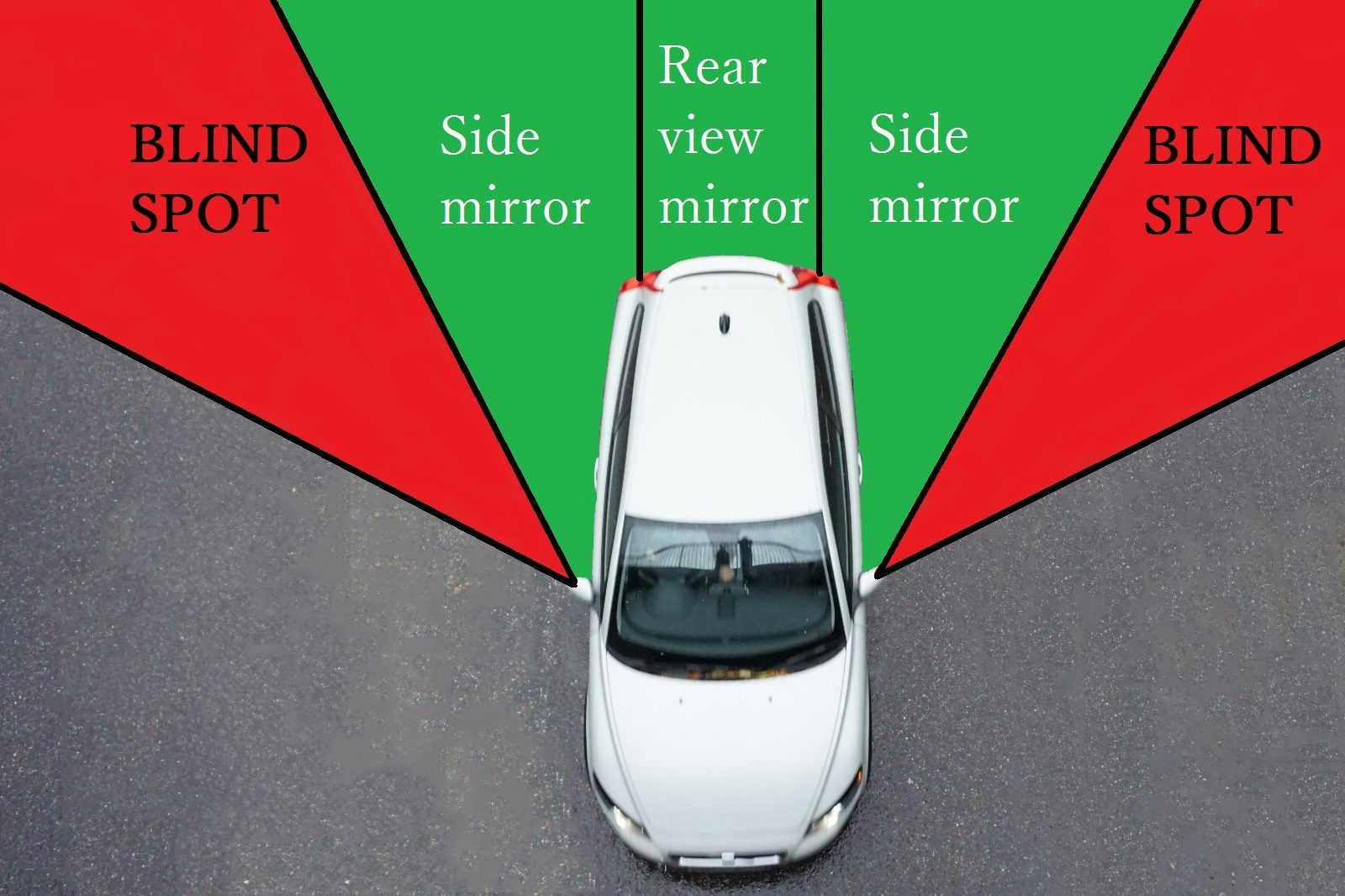
Blind spots are areas that can only be seen by looking over your shoulder. A lot of crashes occur due to drivers failing to check the blind spots when changing their road positioning.
Make sure that you check your mirrors and relevant blind spots before changing your road positioning.
Hand signals
For use when direction indicator signals are not used, or when necessary to reinforce direction indicator signals and stop lights. Also for use by pedal cyclists and those in charge of horses.


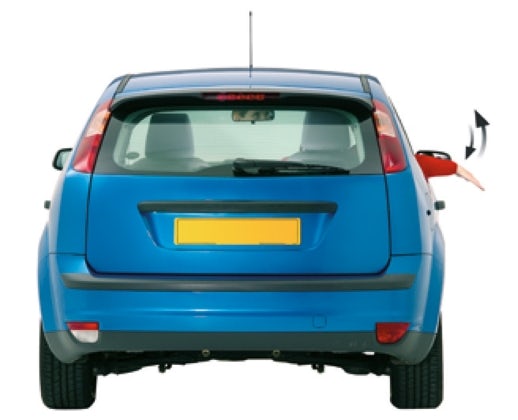
These signals should not be used except for the purpose described.
When to use your horn
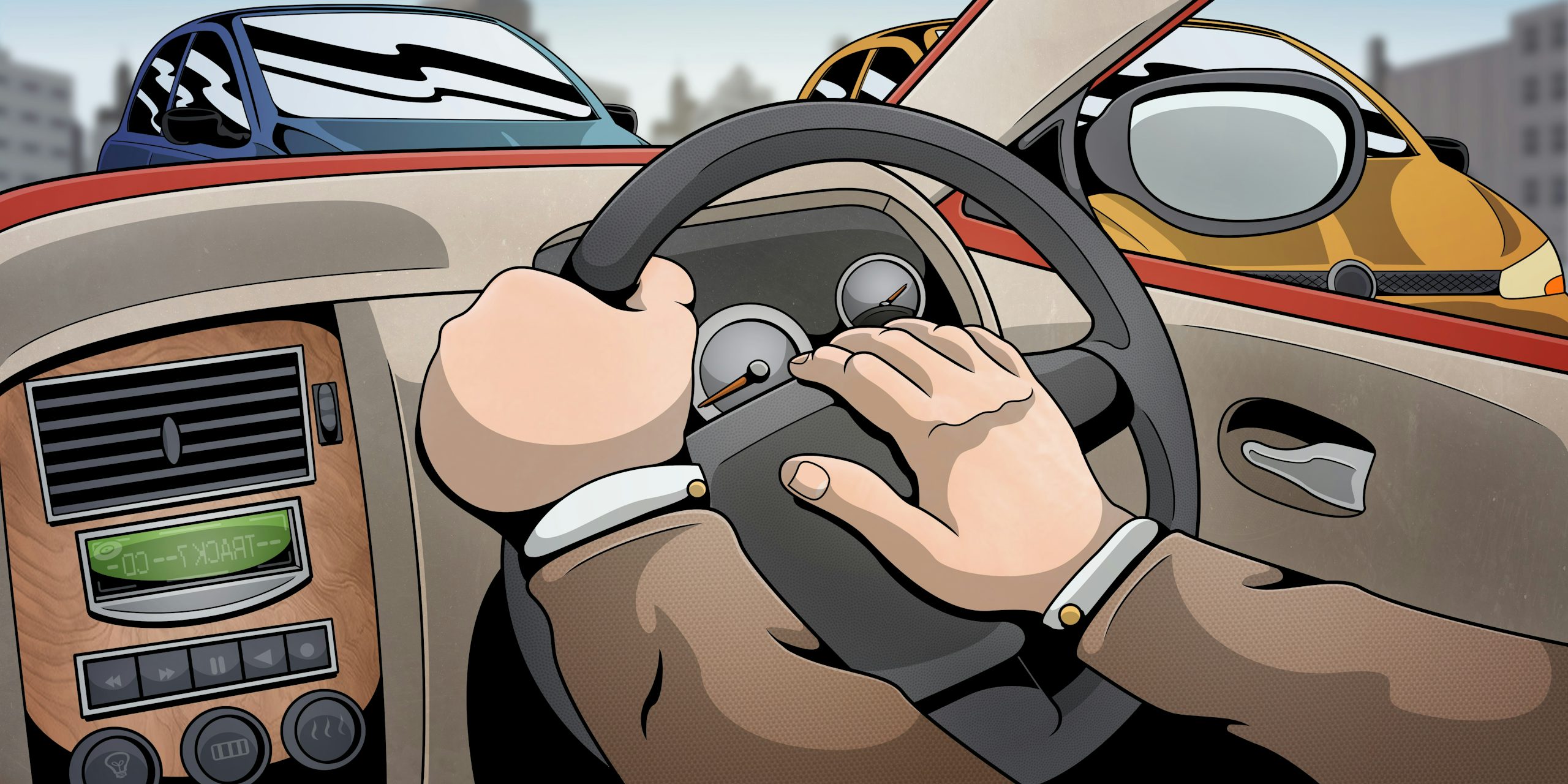
Use only while your vehicle is moving and you need to warn other road users of your presence. Never sound your horn aggressively.
You MUST NOT use your horn:
- while stationary on the road
- when driving in a built-up area between the hours of 11.30 pm and 7.00 am
except when another road user poses a danger.
Brake lights
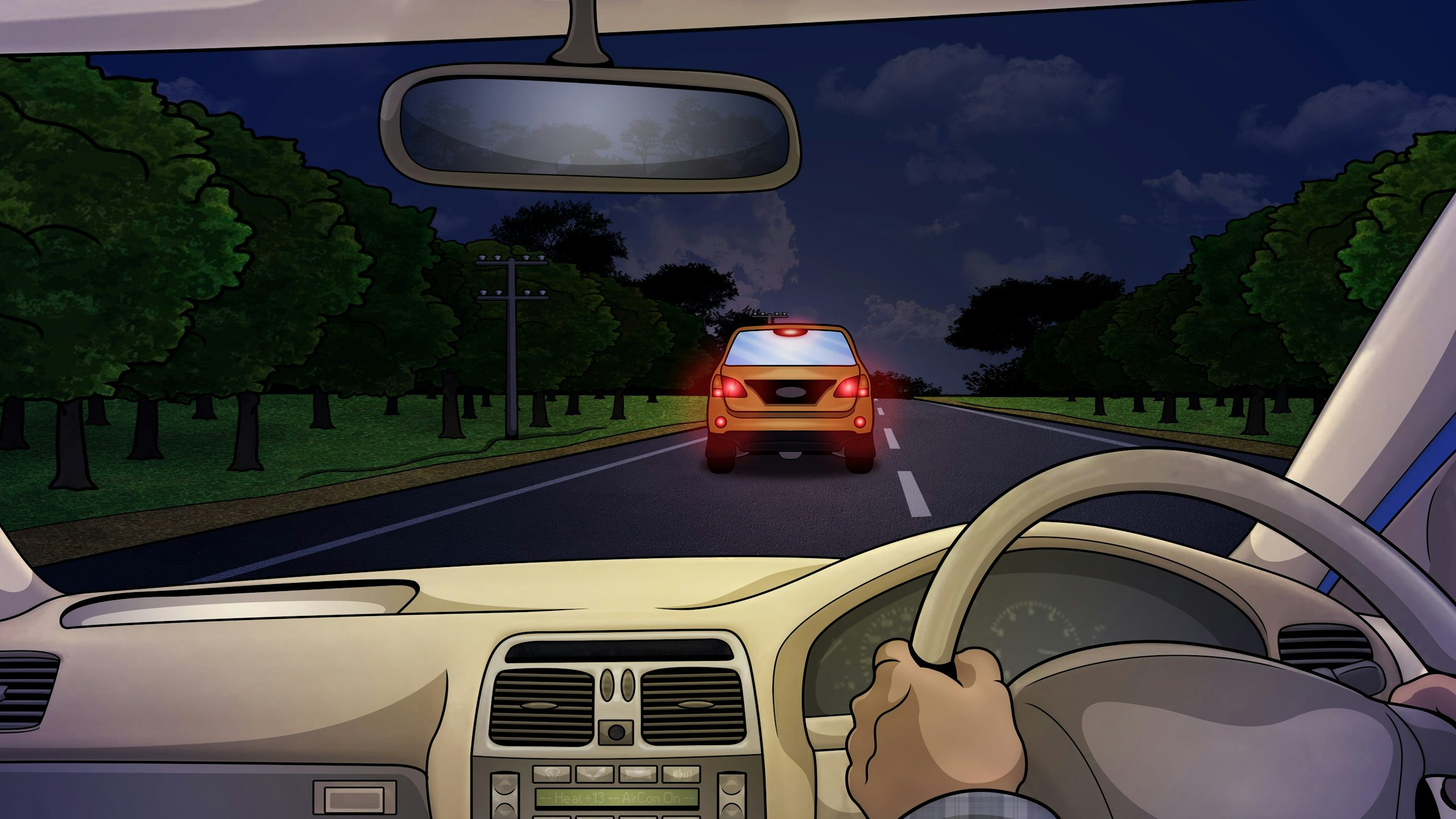
To give vehicles behind you a chance to slow down in time, avoid hard braking. Instead, brake early and gently so drivers behind you get plenty of warning. By signalling before you begin to brake, you reduce the risk of a rear-end crash dramatically.
Also, be aware of brake lights on vehicles in front of you since this is an indication that you will have to slow down.
